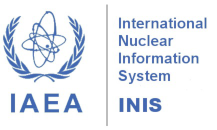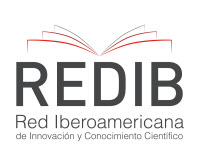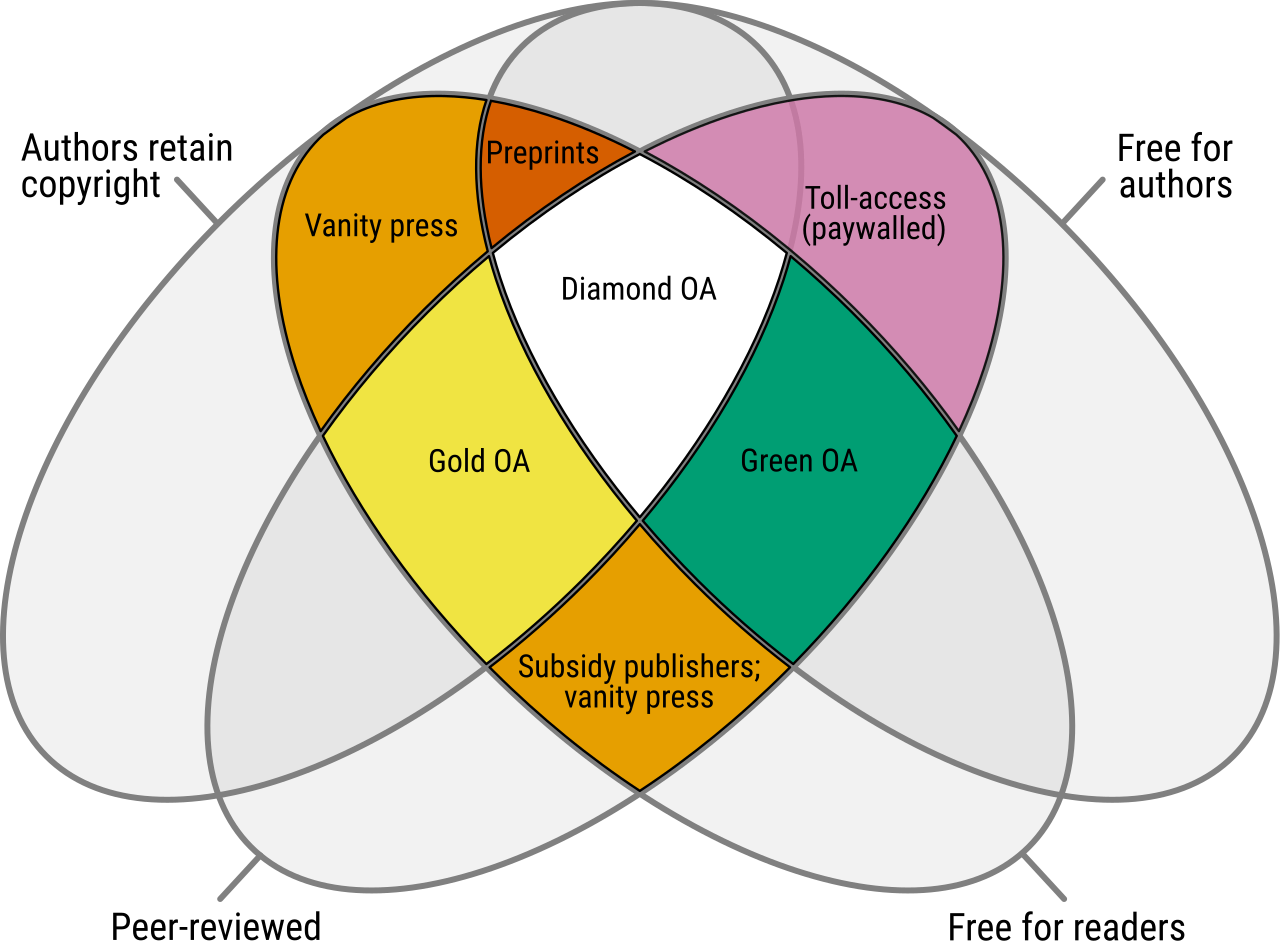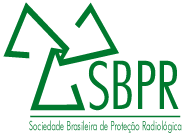New article published: V. 13 n. 1 (2025)
Influence of Graphene Quantum Dots (GQDs) on the Sorption of ¹³⁷Cs and ⁶⁰Co in Soils from the Brazilian Semiarid Region
Abstract: Graphene Quantum Dots (GQDs) represent a new class of nanomaterials that, due to their optical, electronic, and chemical properties, have gained attention for various applications in industry, health, and the environment. However, the understanding of their dynamics and behavior in different environmental compartments is still in its early stages, requiring further research, although recent studies have already highlighted their potential for the remediation of polluted environments. While knowledge about the behavior of radionuclides in soils has advanced, research on semi-arid soils remains limited, both nationally and internationally. To address some of these gaps, this study determined the distribution coefficient (Kd) values for 137Cs and 60Co in some soils from the Brazilian semiarid region (Latossolo and Argissolo, respectively Ferralsol and Acrisol in the FAO classification), considering variations in pH and the presence or absence of GQDs. The obtained Kd values for 137Cs and 60Co showed different responses of the soils to the radionuclides, pH variations, and/or the presence of GQDs. The geometric mean of 137Cs Kd values to the studied soils were 510 mL g-1 in the Acrisol and 1730 mL g-1 in the Ferralsol, differing from the generic values found in the literature, which are often used as standard in radioecological models due to the lack of regional data. The geometric mean for 60Co Kd values were 791 mL g-1 in the Acrisol and 395 mL g-1 in the Ferralsol, also diverging from the generic literature values. These results highlight the responses of certain Brazilian soils to the introduction of exogenous materials and the need to obtain specific Kd values for semi-arid soils, aiming to improve environmental protection strategies. Read full article.






















